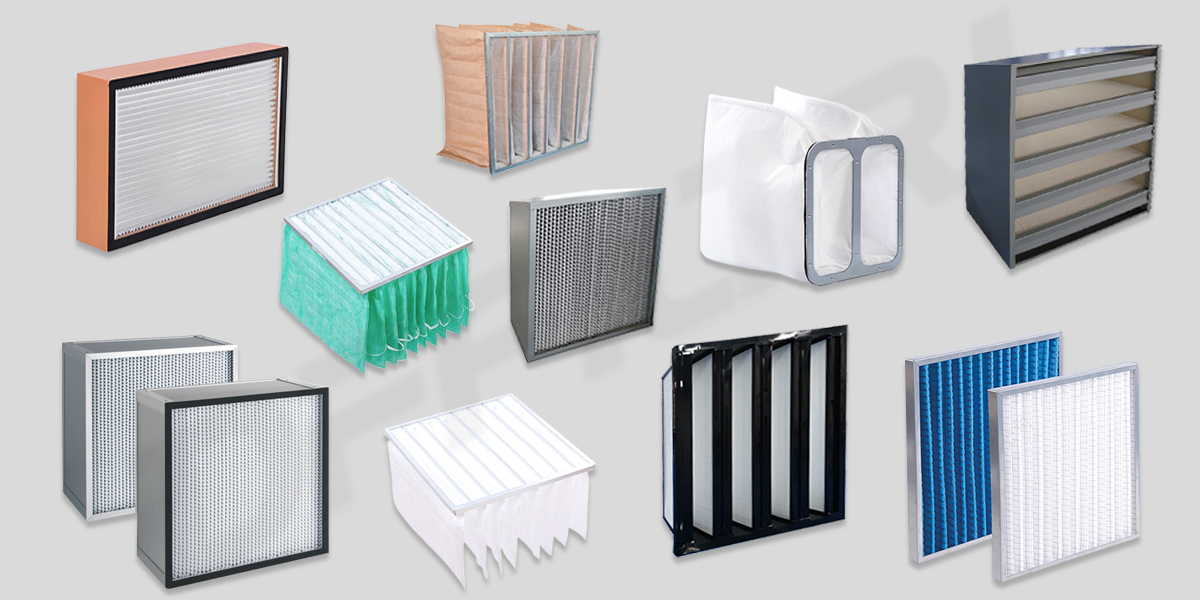The process of plate air filter mainly involves its manufacturing and production process. Although the specific process may vary depending on the manufacturer and product type, more environmentally friendly materials, optimized production processes, and increased automation are used to reduce production costs, improve product quality, and enhance environmental performance.
1、 Material selection and pretreatment
Material selection: Plate type air filters usually use materials with good filtration performance, durability, and easy maintenance, such as polyester yarn, nylon yarn, and other blended materials, as well as environmentally friendly materials that are washable or renewable.
Pre treatment: Pre treat the selected materials, such as cleaning, drying, etc., to ensure the cleanliness of the material surface and the smooth progress of subsequent processing.

2、 Forming and processing
Mold pressing: Place the pre treated material into a specific mold and press it into a multi-layered, angular plate-like structure through mechanical or hydraulic pressure. This step is the key to forming the basic shape of the filter cartridge.
High temperature curing: After compression molding, the filter element is placed in a high temperature environment for curing treatment to enhance its hardness and durability. The curing temperature and time depend on the specific material.
Cutting and trimming: The cured filter element needs to be cut and trimmed to remove excess material and burrs, ensuring the dimensional accuracy and appearance quality of the filter element.
3、 Assembly and testing
Assembly: Stacking multiple plate-shaped filter materials in a certain order and manner to form a complete filter structure. During the assembly process, it is necessary to ensure a tight fit and correct alignment between each layer of filter material.
Testing: Conduct quality inspection on the assembled filter element, including visual inspection, size measurement, filtration performance testing, etc. Ensure that the filter element meets relevant standards and customer requirements.
4、 Packaging and Storage
Packaging: Pack the qualified filter cartridges to prevent damage or contamination during transportation and storage. Packaging materials must have certain moisture and dust resistance properties.
Storage: Store the packaged filter element in a dry, ventilated, and non corrosive gas environment to avoid moisture, deformation, or performance degradation of the filter element.
5、 Special craftsmanship
For certain special requirements of plate air filters, such as activated carbon honeycomb plate air filters, additional special process treatments are required, such as coating activated carbon layers to enhance their adsorption performance.